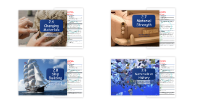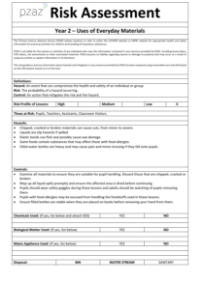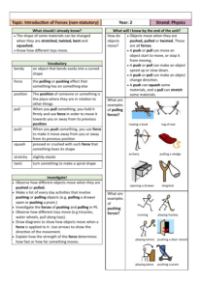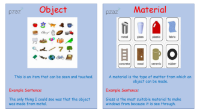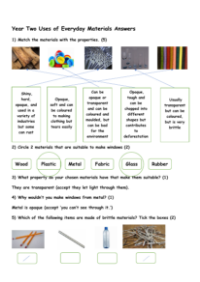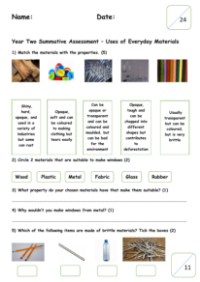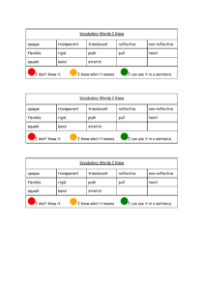Uses of Everyday Materials - Knowledge Organisers

Science Resource Description
The science curriculum for Year 2 students at Wells Hall Primary School includes a unit on the uses of everyday materials within the strand of Chemistry. The unit begins with a foundational understanding that objects are tangible items made from various materials such as glass, wood, and plastic, with each material having distinct properties like being shiny, soft, or rough. Pupils learn to differentiate between natural and man-made materials and explore the suitability of materials for different purposes based on their properties. Through investigative activities, children compare the uses of materials in different settings, observe and record the uses of various materials, and distinguish between absorbent and waterproof substances. They also discuss the recyclability of materials and the process it involves, as well as how the shape of objects can be altered by actions such as squashing, bending, twisting, and stretching.
By the end of the unit, students will have a deeper understanding of why materials are chosen for specific uses. For instance, they will learn that wood is commonly used for furniture and flooring due to its properties, metal is chosen for items like coins and cutlery, and glass is ideal for making windows because it is transparent. The curriculum also covers how the properties of materials, such as being smooth or waterproof, make them suitable for particular uses, and how the physical manipulation of materials can change their shapes. Additionally, children will explore the reasons behind using plastic cups for young children instead of glass ones and will be able to match the properties of materials to their most appropriate uses, such as matching 'soft' with a pillow or 'waterproof' with a raincoat. Vocabulary terms like 'absorbent,' 'elastic,' 'opaque,' and 'recyclable' are introduced to enhance their understanding of material properties and their applications.

